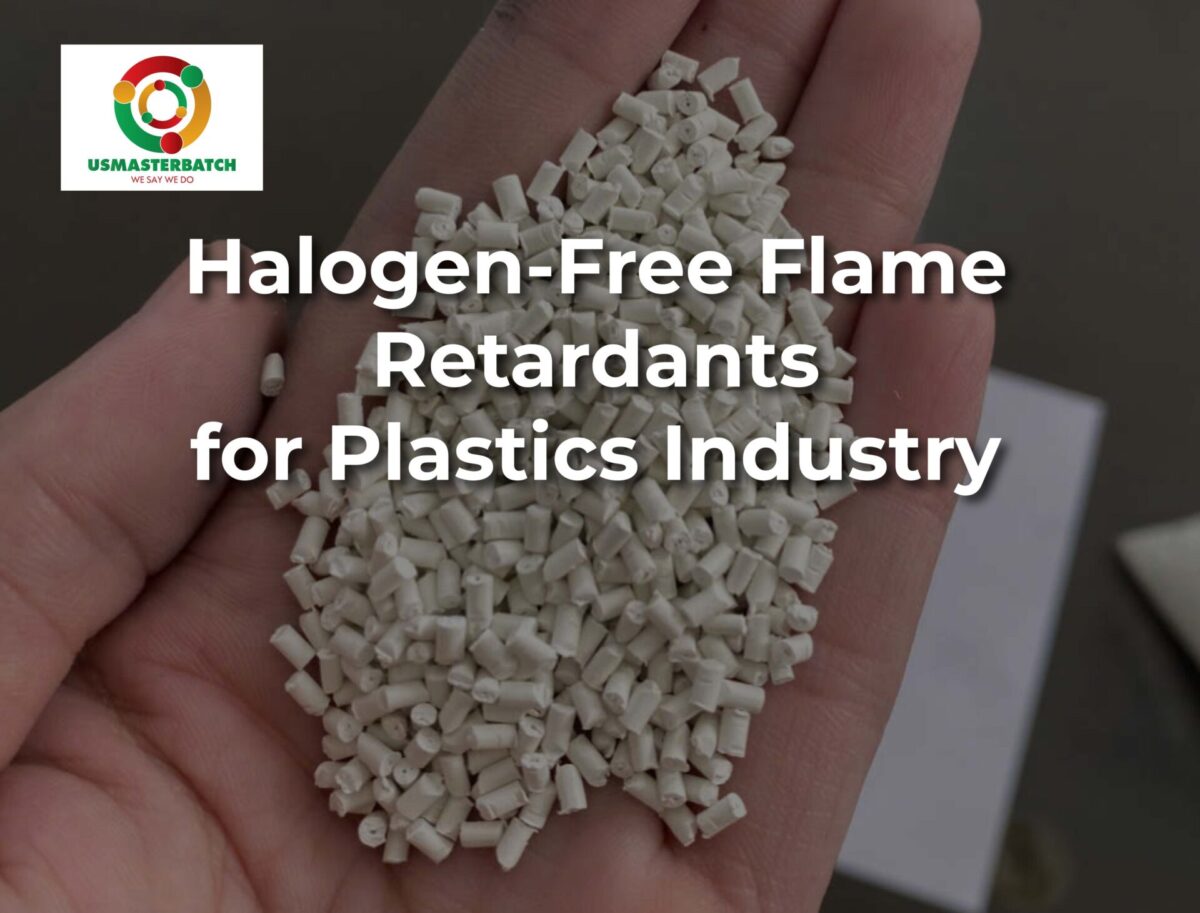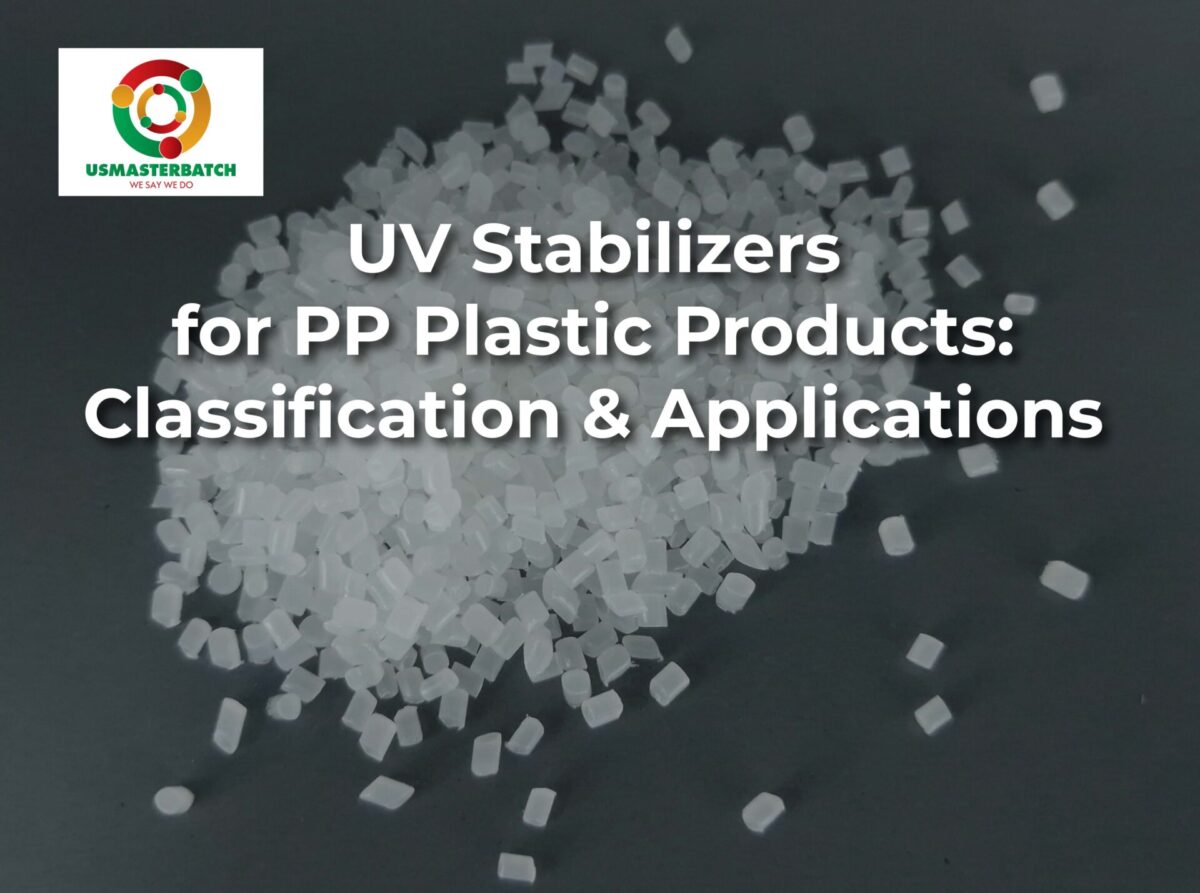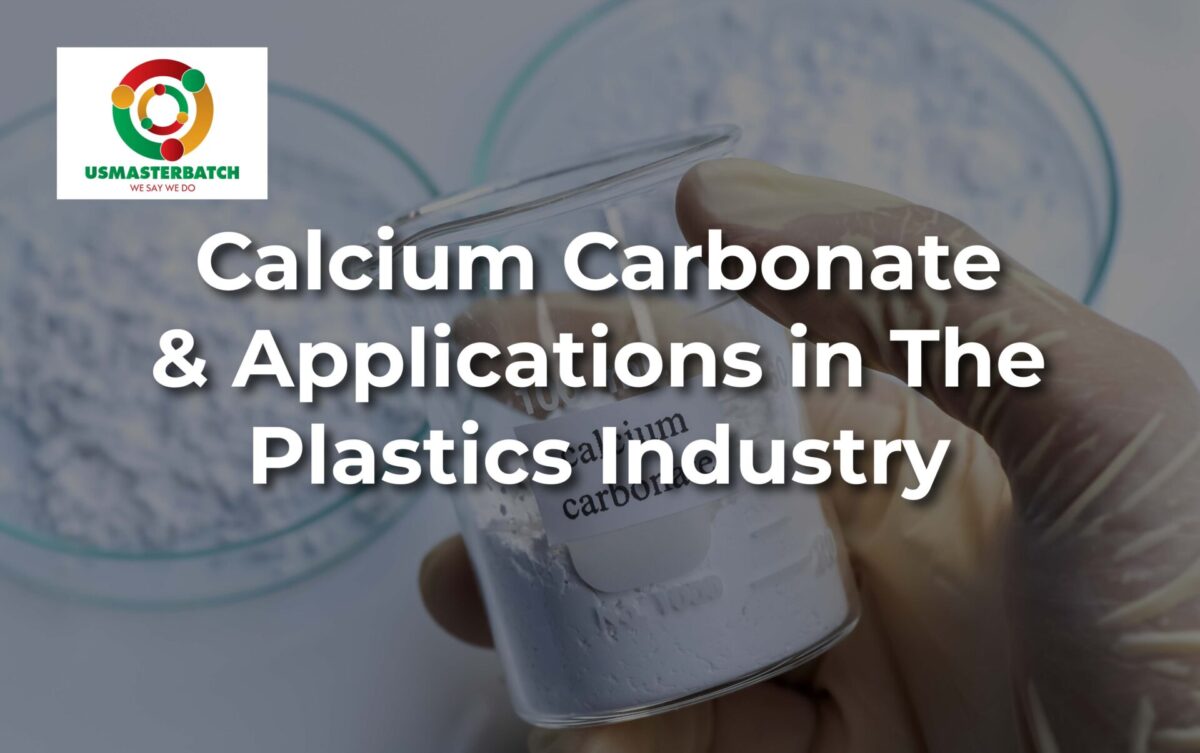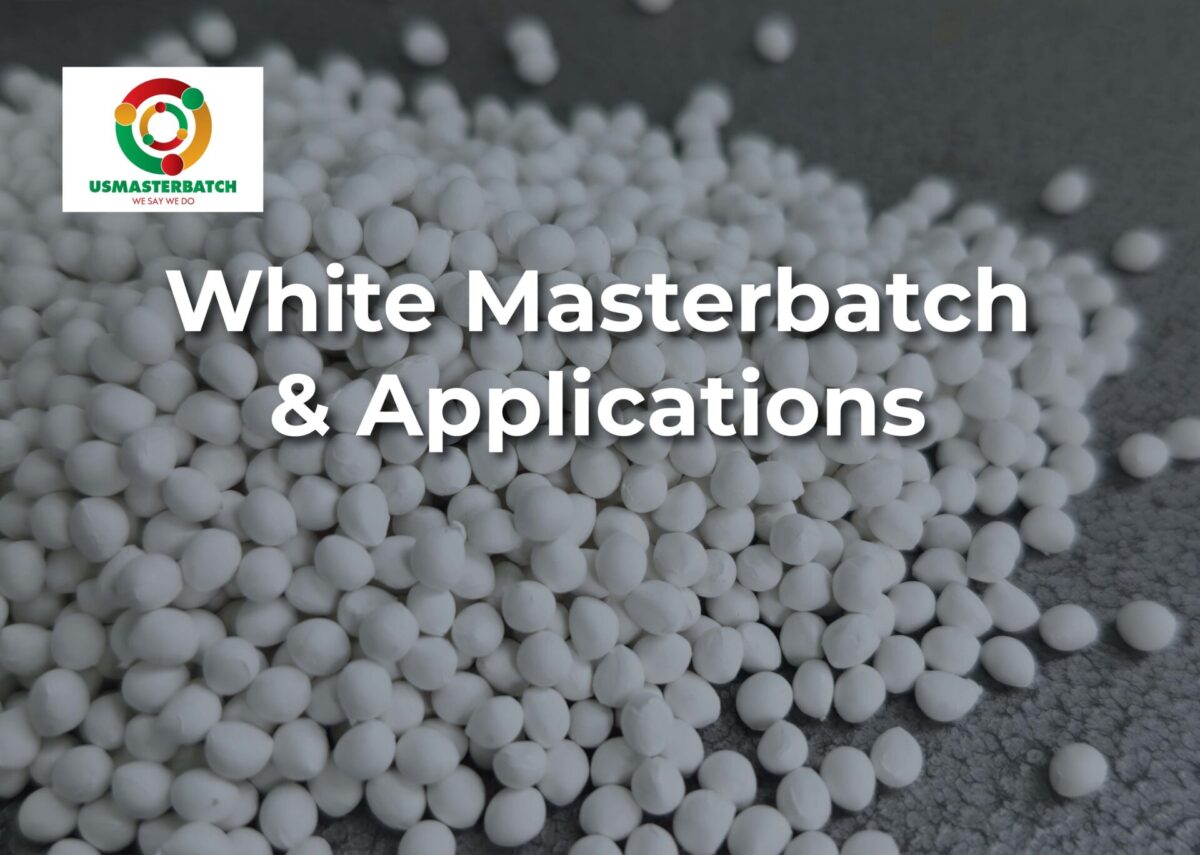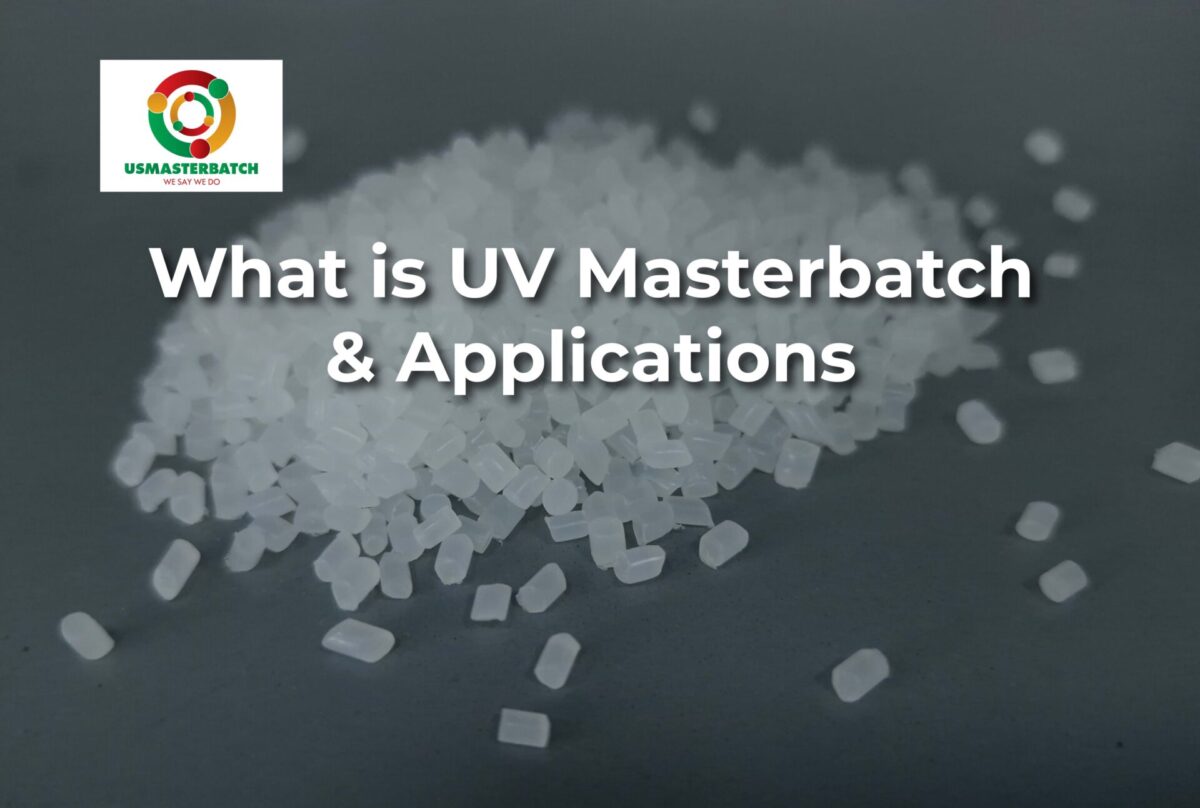
What Is Calcium Carbonate Masterbatch And Notices When Using It In Pp Woven Sack?
Calcium carbonate masterbatch, also known as CaCO3 filler or CaCO3 filler masterbatch, is considered as a vital material in the plastic production nowadays. During over 20 years of development of calcium carbonate masterbatch, people has been learning how to improve the advantages of calcium carbonate masterbatch in its application. So what is calcium carbonate masterbatch? And what is the notice when using calcium carbonate masterbatch in one of its biggest application, PP woven sack?
1. What is calcium carbonate masterbatch?
CaCO3 filler is a concentrated mixture of calcium carbonate powder (CaCO3), carrier resin (PE, PP, EVA, PS, etc) and other additives, which is manufactured through a heat process.
Calcium carbonate is extracted by mining or quarrying for industrial purposes. Pure calcium carbonate can be obtained from (GCC – Ground Calcium carbonate) or (PCC – Precipitated Calcium Carbonate ), both are the same in terms of chemical formula, but mostly calcium carbonate masterbatch manufacturers use GCC for their product. Up to now, CaCO3 powder rate in calcium carbonate masterbatch formula is around 70-90%.
Based on each application as well as customers’ requirement, calcium carbonate masterbatch manufacturers will decide which kind of resin they use for calcium carbonate masterbatch formula. Normally, they apply PP carrier resin for applications such as PP woven sacks, PP injection molding or PP non-woven fabric, while using PE carrier resin for PE blown film or PE blow molding, so that it brings high compatibility between calcium carbonate masterbatch with customer’s final product.
In general, additives such as pe wax, zinc, oil, acide stearate, etc are used with small percentage in the formula 2-3% but they play an important role which helps other ingredients in calcium carbonate masterbatch disperse better. Besides, calcium carbonate masterbatch manufacturers also adjust additives formula to obtain required product properties such as stiffness, gloss or toughness.

2. What is benefit of using calcium carbonate masterbatch in the plastic production?
The main advantage of calcium carbonate masterbatch used in plastic product must be the cost-saving. The more calcium carbonate masterbatch is used to replace resin in the formula making final product, the higher level of cost effectiveness in production. In addition, calcium carbonate masterbatch also helps improve hardness, adhesion and impact resistance of plastic products. At the same time, manufacturers find that final products’ surface printability increases significantly when adding calcium carbonate masterbatch.
3. What are important properties of calcium carbonate masterbatch?
First of all, manufacturers need to guarantee that the appearance of calcium carbonate masterbatch meets their output standards in terms of whiteness, glossiness, uniformity, no impurities, etc. Mostly, CaCO3 filler originated in Vietnam and China has a high level of whiteness 98-99%, thanks to their natural source of calcium carbonate, while calcium carbonate masterbatch from other countries such as India and Indonesia has a darker appearance. The difference in cutting technology also significantly contributes to calcium carbonate masterbatch’s appearance. Hot cutting method is applied widely among big calcium carbonate masterbatch producers because of its high capacity and cost-saving advantage, which brings smooth edges to pellets. Otherwise, some manufacturers use cold cutting technology will supply the calcium carbonate masterbatch pellets with sharp edges.
Another important aspect that manufacturers have to pay attention on is technical properties of calcium carbonate masterbatch, which are shown on Technical Data Sheet. Particle size of CaCO3 powder used in the products exerts a major influence on the glossiness and smoothness of final product, especially thin product as shopping bags. In general, calcium carbonate masterbatch with particle size D50 = 1, 2, 3 micron is considered as small size to bring smooth surface to plastic sheet. Melt Flow Index (MFI) or Melt Index (MI) is a decisive factor in the application of each grade of calcium carbonate. Manufacturers of calcium carbonate masterbatch will customize MI of filler to match their customers’ production settings as well as certain requirements of final products’ properties. With normal grade, MFI of calcium carbonate masterbatch used in PE blown film can be 0.1-1 g/10mins (measured at 190oC/2.16kgs) while calcium carbonate masterbatch will be applied MFI 8-20 g/10mins (measured at 230oC/2.16kgs) for PP woven sacks.

Raw material of US Masterbatch
4. How to solve problems when using calcium carbonate masterbatch in PP woven sack application?
PP woven sack is known for one of the biggest application of calcium carbonate masterbatch. Besides cost effectiveness, using calcium carbonate masterbatch in PP raffia leads to big benefits to manufacturers such as faster heat transfer and the needed energy to heat up or cool down the mixture lower, improvement in post-weaving operation and production efficiency, reduction splitting propensity of oriented polypropylene, higher tape stiffness and opacity, etc.
However, sometimes PP woven sacks manufacturers face several problem with their production that we can easily troubleshoot. Let’s discover it through the following table!
| PROBLEM | POSSIBLE CAUSES | REMEDY |
| 1. Excessive Water Carryover | · Processing temperature too high
· Water quench bath temperature too high |
· Adjust the temperature profile in extruder zones
· Lower the quench tank temperature · Review the concentrate & regrind level of calcium carbonate masterbatch · Rearrange the mechanical brush positions. · Slow down the speed |
| 2. Tape/yarn breakage | · Melt Temperature too low
· Godet temperature too low · Draw speed too high |
· Up the melt temp & optimize the extruder temperature profile; also review the godet temperature .
· Review the A/O level in PP · Alter the draw ratio · Check the regrind level. |
| 3. Excessive Shrinkage | · Heat set temperature too low
· Draw ratio too high |
· Alter the draw roll temp. to reflect higher set temperature.
· Reduce the draw ratio. |
| 4. High elongation | · Water Quench bath temperature too high
· oven/hot plate temperature too low · High air gap |
· Reduce quench tank temperature
· Increase oven/hot plate temperature · Increase stretch ratio · Reduce air gap |
| 5. Denier variation | · Die gap unstable or dirty
· Hot/oven plate temperature unstable · Spacer un-uniform |
· Up the melt temp & optimize the extruder temperature profile; also review the godet temperature
· Review the A/O level in PP · Alter the draw ratio · Check the CaCO3 powder rate in calcium carbonate masterbatch. |
| 6. Fibrillation of tapes | · High stretch ratio
· Winder tension not compatible · Stretch ratio too high |
· Check sharpness of blades on spacer
· Reduce stretch ratio · Check for wrinkles in the tape · Check winder tension |
5. US MASTERBATCH’s calcium carbonate masterbatch in PP woven sack
As a leading manufacturer of calcium carbonate masterbatch, color masterbatch and additives masterbatch in Vietnam with over 15 years of experience, US Masterbatch is proud to supply high-quality masterbatch with competitive rates to numerous PP woven sack manufacturers in 80 countries around the world, in which companies play a big scale in exported quantity.
Calcium carbonate masterbatch from US Masterbatch bring outstanding features as belows:
- Reduce production costs
- Increase hardness and durability as well as not losing color and transparency of the product.
- Glossy, soft, flexible surface with good water resistance.
- Food contact and children contact recognized by FDA, REACH, ROHS, etc.
- Withstand high temperatures in a short time.
- Raw materials are available from nature, safe, low cost, and easy to use for the production of the plastic industry.


